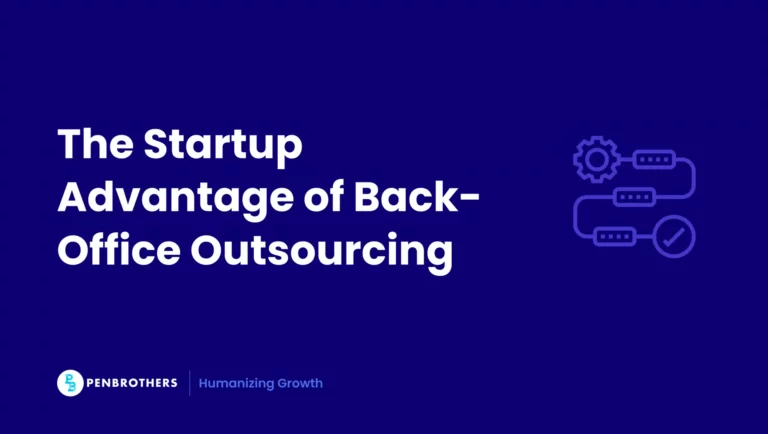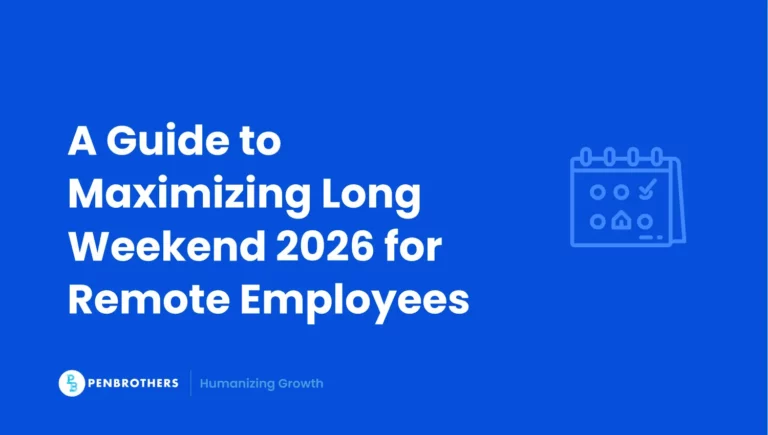Key Takeaways
- No TIN ID, no salary: Foreign employers and EORs will hold pay until your digital TIN ID is submitted.
- Digital beats physical: Instant ORUS-issued IDs prevent payroll delays, unlike weeks-long RDO card replacements.
- Update or get stuck: Wrong RDO or outdated info blocks compliance and employer verification.
Introduction: Why Remote Workers Can’t Skip the TIN ID
If you’re a remote worker in the Philippines, your TIN ID isn’t just another government document—it’s your gateway to getting paid, staying compliant, and proving your legitimacy as a professional.
Since December 2023, the Bureau of Internal Revenue (BIR) has shifted to issuing digital TIN IDs through the Online Registration and Update System (ORUS). In 2025, this digital ID is recognized as a valid primary government ID and is required by most employers, banks, and even SIM card registration.
Let’s break down what you need to know, especially if you’re working with foreign employers or via an Employer of Record (EOR) in the Philippines.
What Is a TIN ID, and Why Do Remote Workers Need It?
A Tax Identification Number (TIN) is your lifetime taxpayer identity in the Philippines. Your TIN ID is the official document that proves you have one.
For remote workers, this tiny piece of digital paperwork plays a massive role:
- Payroll compliance: Employers and EORs won’t process your salary without a verified TIN.
- Proof of identity: Accepted as a valid government ID for banking, SIM registration, and contracts.
- Tax reporting: Ensures proper withholding and prevents penalties for duplicate or missing TINs.
Scenario: You just landed a remote job with a US startup through an EOR. Before your first payday, the HR team requests your TIN ID. Without it, they can’t set up your payroll meaning your salary gets delayed until you submit one.
How Can Remote Workers Apply for a Digital TIN ID in 2025?
The process is fully online if you already have a TIN. Here’s how:
- Check your eligibility
- You must already have a TIN.
- Confirm your Revenue District Office (RDO) code using the BIR’s RDO Finder if unsure.
- You must already have a TIN.
- Register with ORUS (https://orus.bir.gov.ph)
- Click New Registration → Individual → Create an Account.
- Choose With Existing TIN.
- Provide your TIN, RDO, and the email address registered with the BIR.
- Verify your email within 24 hours.
- Click New Registration → Individual → Create an Account.
- Generate your digital TIN ID
- Log in to ORUS.
- Click Get Your Digital TIN ID.
- Upload a 1×1 photo (white background, no borders).
- Download your digital TIN ID with QR code.
- Log in to ORUS.
Good news: No more long RDO lines. Remote workers anywhere in the Philippines (or abroad) can complete this step online.
Do Employers Help with TIN ID, or Should Remote Workers Apply Themselves?
Here’s the truth: foreign employers won’t process your TIN.
- Local employers / EORs may guide you, but responsibility still lies with you.
- If you’re a first-time job seeker, you can apply for a new TIN directly in ORUS.
- For existing TIN holders, you must update and generate your digital TIN ID yourself.
Scenario-Based Examples for Remote Workers
Here are realistic situations remote workers may face, with actions you can take:
| Scenario | What to Do | Why It Matters |
| Scenario A: You just got hired by a foreign client, and they ask for your TIN ID. You’ve never registered via ORUS. | 1. Apply for TIN via ORUS → “New Registration.” 2. Update your address & contact, ensure your RDO record is correct. 3. Once TIN is secured, generate your digital TIN ID. 4. Download & send to client / EOR. | Without a digital TIN ID, payment or contract may be delayed. Also, you’d need it for withholding tax compliance. |
| Scenario B: You used an older physical TIN card, lost it, want a replacement for remote payroll. | File Affidavit of Loss at your RDO. Upload required documents, get the replacement (₱100 fee). If possible, instead of waiting for physical card, generate digital TIN ID via ORUS and use that. | Digital version often accepted faster; avoids physical visit delays. |
| Scenario C: You move from Cebu to Manila, address and RDO should reflect change. Payroll/EOR notices mismatch. | Use ORUS to update residence address, RDO transfer (Form 1905 may be required). Ensure ORUS record is updated before generating digital TIN ID. | Ensures future tax correspondence & filings go to correct RDO; avoids delays in status verification. |
What Documents Do Remote Workers Need for TIN ID Registration?
- A valid primary or secondary ID (passport, driver’s license, birth certificate).
- Proof of address (needed for RDO assignment).
- Photo requirements: clear 1×1 with a white background.
Pro tip for nomadic remote workers: If you relocate (say from Manila to Davao), update your RDO through ORUS to avoid mismatched records.
What If You Lose Your TIN ID or Forget Your Number?
- Digital recovery: Log in to ORUS and re-download your TIN ID anytime.
- Physical replacement: If you still have the old yellow-orange card and it’s lost/damaged, visit your RDO with:
- Notarized Affidavit of Loss
- ₱100 replacement fee
- Personal appearance
- Notarized Affidavit of Loss
Can You Use a Digital TIN ID as a Valid Government ID?
Yes. The BIR digital TIN ID (with QR code) is accepted as a primary valid ID for:
- Employer onboarding & contracts
- Opening payroll bank accounts
- SIM registration
- Online verification for remote work platforms
Some banks or agencies may still request a secondary ID, so it’s best to keep at least one more government ID on hand.
Common TIN Problems Remote Workers Face and How to Fix Them
- Duplicate TINs → File a request for consolidation with your RDO; penalties may apply.
- Wrong RDO → Use ORUS to update your RDO when you change residence.
- Name mismatches (e.g., maiden vs. married name) → Submit valid documents for correction at your RDO.
How Long Does It Take to Get a Digital TIN ID in 2025?
- Digital TIN ID via ORUS: Immediate upon successful registration.
- Physical replacement card at RDO: A few weeks, depending on volume.
For remote workers, digital is the way to go: faster, paperless, and verifiable online.
Conclusion: Don’t Delay Your TIN ID
For remote workers in the Philippines, your digital TIN ID is more than compliance—it’s the key to being paid on time, building employer trust, and keeping your professional record clean.
Checklist for remote workers:
- Secure your TIN ID via ORUS before job applications.
- Keep a backup digital copy.
- Update your RDO if you move.
- Share your TIN ID only with verified employers and platforms.
See our guides for other Philippine IDs:
- Pag-IBIG ID: 2025 Remote Job Application Guide
- How to Apply for PhilHealth ID: 2025 Complete Guide
- National ID Registration Online Made Easy (2025): Avoid Mistakes, Save Time
- Postal ID: Solve Remote Job Delays in the PH
- PhilSys ID for Remote Workers: A 2025 Guide
- How to Get UMID ID for Remote Workers






